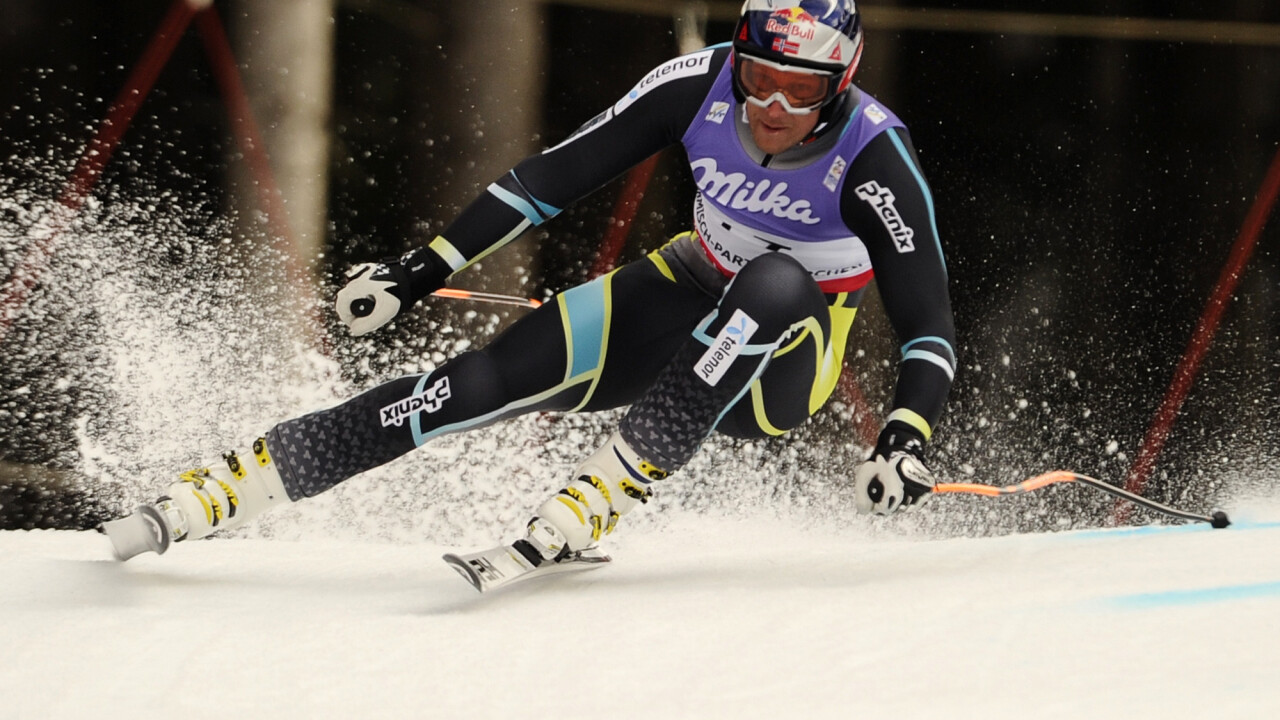
New concepts in ski design are literally speeding up the learning curve. First, there was the invention of carving skis. This helped skiers to turn more easily on firm snow. Then came the extra wide off-piste skis. Off-piste skis are much wider than the carving skis. This allows for better float in deeper snow, which has again helped to speed-up the learning for wanna-be off-piste skiers.
Also more recently, yet another new design concept, the “rocker” shaped skis. This fairly new rocker or reverse camber design, makes learning to ski in deep snow even easier than before. Conventional skis were cambered in their shape. Where as the clever new reverse camber design has lifted the tip and tail of the ski upwards. This new design is dramatically helping two key areas in skiing: balance and turning.
How do the rocker skis help for balance?
The front of the skis are bent upwards towards the skier. This provides for more forward balance support, preventing the tips of the skis from diving deep into the snow. This is revolutionary. In fact, this one design improvement alone is helping many people to master off-piste & deep powder snow skiing.
On conventional skis, it would have taken a skier much more balance practicing and forward face planting in the snow to learn the skills required to stop the ski tips from diving deep into the snow.
How do the rocker skis help for turning?
As the front and back of the skis are bent upwards towards the skier, they sit higher up in the snow pack than the middle of the ski. This means there is less snow encasing the front and back of the skis. Less snow equates to less resistance around the front and back of the skis. This reduction of resistance allows easier rotation or pivoting movement of the skis. In simple terms, twisting the skis becomes easier.
Remember safety first!
There is a downside to this speeding up of the learning curve. It is now possible for an intermediate skier to venture off-piste into potentially dangerous terrain and snow conditions without having learned avalanche awareness skills through experience and time. In the past, it would have taken an intermediate level skier years to master the correct off-piste technique, and in doing so, they should have also had the time to develope mountain awareness and avalanche safety skills.
With this in mind, it is highly reccommended to learn off-piste skiing with a qualified ski instructor who can also help with the mountain awareness skills needed to ski safely off-piste.
Image Credit: Fabrice Coffrini/Getty Images
Get the TNW newsletter
Get the most important tech news in your inbox each week.





